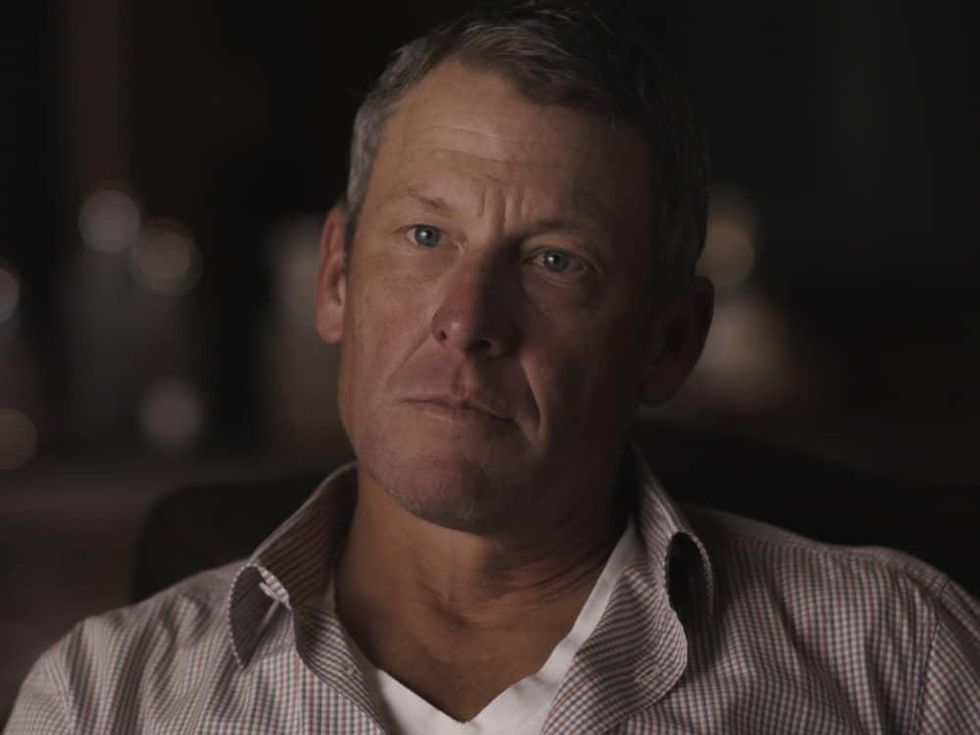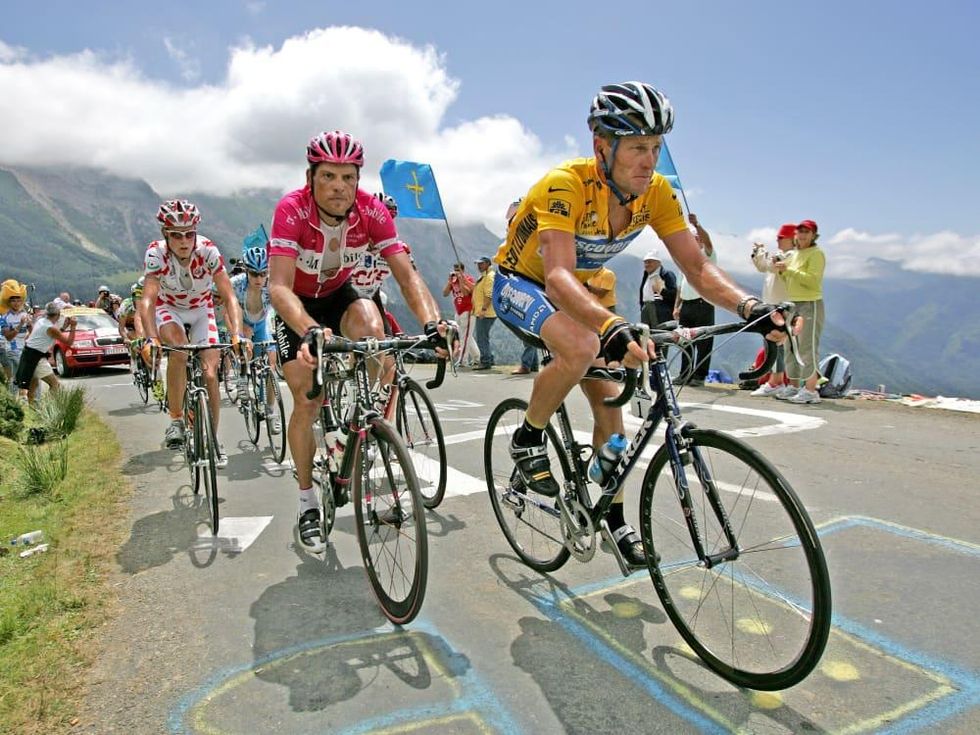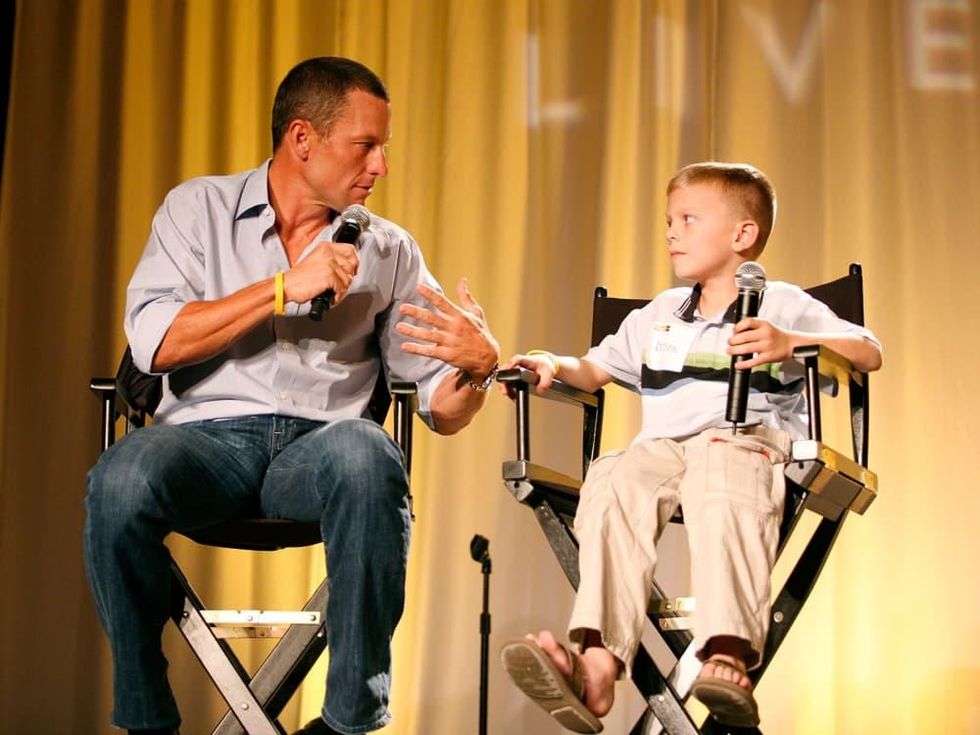Movie Review
New documentary Lance gives fallen cyclist a chance to tell his story
In typical Lance Armstrong fashion, the new 30 for 30 documentary Lance starts off fiery and rarely lets up over its 3-plus hour running time (part one aired on ESPN on May 24, part two will air on May 31). The hypercompetitive personality that led Armstrong to win at all costs is on display at almost all times, even when he goes into great detail about exactly what he did to get ahead.
Armstrong, of course, is the world-famous professional cyclist who, after a bout with testicular cancer in 1996, came back to win seven straight Tour de France races, the most prestigious event in the sport. From the moment he came back, though, allegations that he was using performance-enhancing drugs dogged him, especially because the sport had just been rocked by a doping scandal the year before.
Directed by Marina Zenovich, who’s taken on such figures as Roman Polanski, Richard Pryor, and Robin Williams, the film feels as close to the unvarnished truth as we are likely to get from a man as complicated as Armstrong. In a film full of interviews from those in and around the cycling world, he is given by far the most amount of screen time, explaining when he cheated, why he cheated, and the lengths that he went to cover it up.
The film takes a vaguely chronological route, with current-day interviews with Armstrong; fellow cyclists George Hincapie, Tyler Hamilton, and Bobby Julich, among others; and cycling writers, family, and friends. The first half of the film details his rise in the sport from a young gun out of Plano, Texas, his early domination in the professional ranks, his bout with cancer, and his comeback in 1999 to win his first Tour de France.
To his credit, there is absolutely no denial or equivocation about the drugs that he took during his career. He admits that he started doping at 21, well before his Tour de France wins, and makes no bones about his reasons for doing so. As corroborated by almost everyone else in the film, the cycling world at the time was one where using performance-enhancing drugs was a common practice, and if you weren’t doping, you weren’t going to win.
This fact is only one of many with which the viewer must wrestle when watching the film. We build our heroes up onto pedestals, and when they betray us, we are only too happy to tear them down. But no person’s life is black-and-white, and it’s how we deal with the gray areas that demonstrates our ability to accept both the good and bad of the world.
For those who don’t mind profanity, the film is best watched in its uncensored version, as the language that Armstrong uses is essential to understanding the type of person he was and continues to be. Even though he now freely admits to his wrongdoing when for years he would issue lie after lie, he remains a person who still holds grudges and can’t accept those he feels have gone against him or those he loves.
The second half of the film deals with his six other Tour de France wins and the growing suspicion against him, but it also talks about the formation of the Lance Armstrong Foundation/Livestrong and its impact on the world. It can be difficult to reconcile the coexistence of the two seemingly opposite pursuits, but the good that Livestrong has done and continues to do should not be undercut by the actions of the man who started it.
One of the journalists interviewed in the film expresses skepticism that the documentary is only being made as a way to resurrect Armstrong’s reputation. But Zenovich is unsparing, asking all the tough questions, no matter how uncomfortable they make Armstrong or other subjects. In the end, you’re either willing to let an admitted cheater back into society or you’re not. Nothing in the film absolves him of blame, but nothing condemns him to life as a pariah, either.




